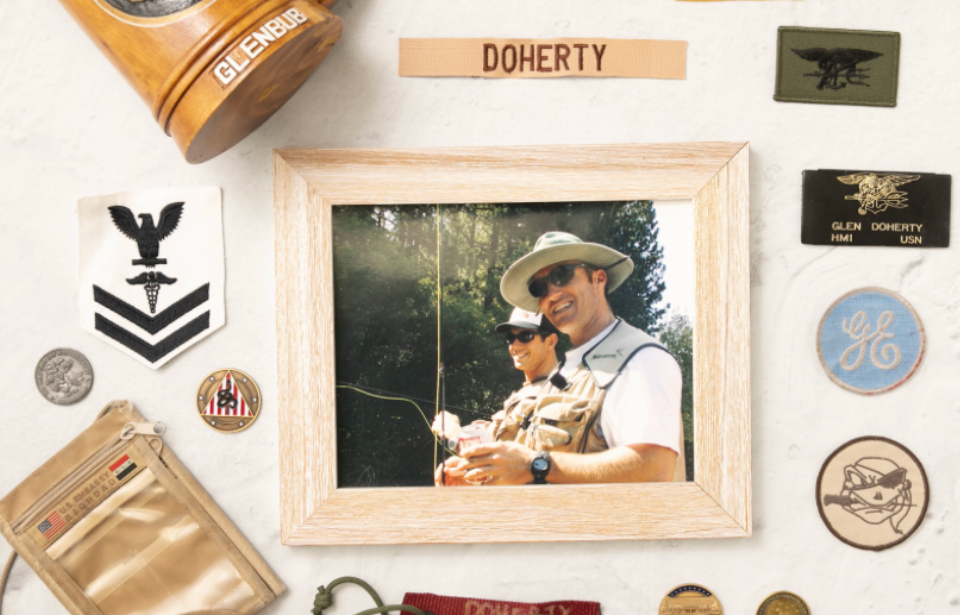Glen Doherty’s early life
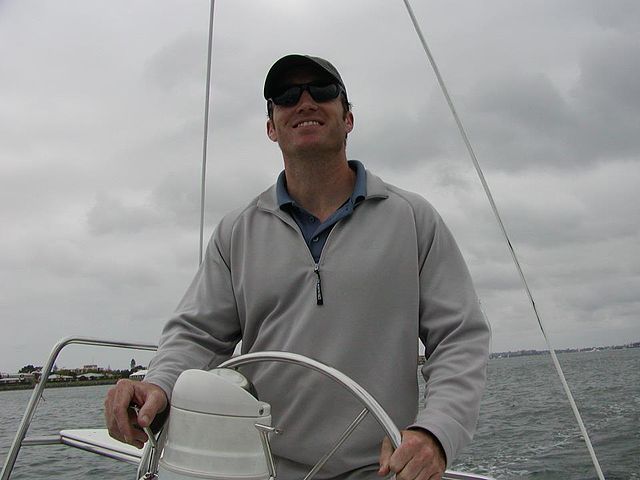
Glen Anthony “BUB” Doherty grew up in Winchester, Massachusetts, alongside his two siblings. After graduating from high school, he moved to Prescott, Arizona, to attend Embry-Riddle Aeronautical University, where he discovered his love for adventure.
His decision to become a US Navy SEAL didn’t surprise anyone who knew him. Doherty had a natural adventurous streak and enjoyed mountain biking, skiing, and surfing. He also earned his private pilot’s license. Always looking to challenge himself, he spent his free time studying aviation and medical skills, constantly striving to learn and improve.
Enlistment in the US Navy
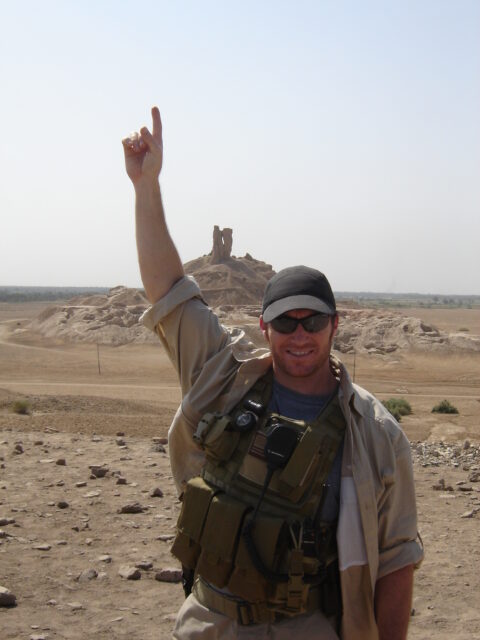
In October 1995, Glen Doherty made the decision to join the Navy SEALs. After completing basic training, he attended the Naval Hospital Corpsman School at Naval Station Great Lakes. His rigorous preparation continued with Basic Underwater Demolition/SEAL training at Naval Base Coronado and the Basic Airborne Course at Fort Benning (now Fort Moore), Georgia.
To further refine his skills, Doherty completed advanced training at the John F. Kennedy Special Warfare Center and School at Fort Bragg (now Fort Liberty), North Carolina.
Throughout his SEAL career, Doherty specialized as both a paramedic and sniper, serving with SEAL Teams 3 and 7. His deployments primarily focused on the Middle East, including a critical response to the USS Cole bombing in October 2000, an attack that tragically claimed the lives of 17 American sailors.
Serving in Afghanistan and Iraq
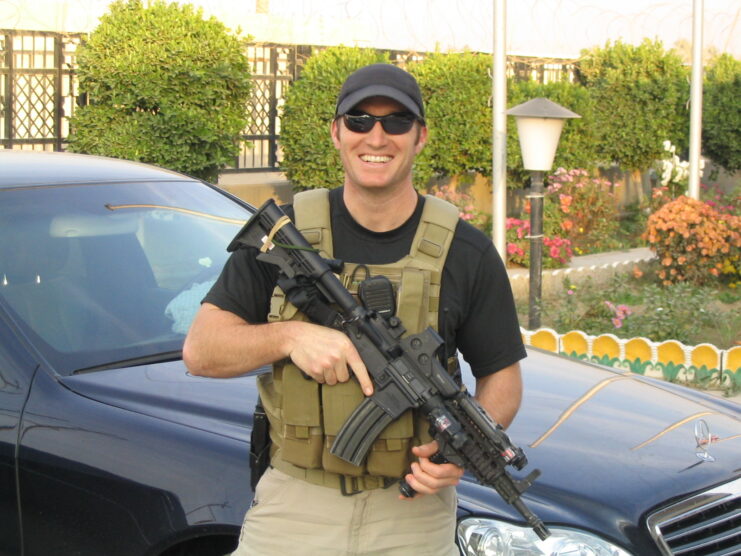
By 2001, Glen Doherty was set to retire from the military after undergoing knee reconstruction surgery. However, the 9/11 attacks changed his plans, prompting him to serve combat tours in Afghanistan and Iraq.
During two deployments in support of Operation Iraqi Freedom, the Navy SEAL worked to secure Kuwaiti oil fields and assisted in guiding US Marine contingents toward Baghdad. He also took part in the capture of Saddam Hussein‘s palaces.
For his service, Doherty received the Navy and Marine Corps Commendation Medal with a “V” Device, the Global War on Terrorism Service Medal, the National Defense Service Medal, and the Iraq Campaign Medal. He retired from the Navy as a petty officer first class.
Joining the Central Intelligence Agency (CIA)

Glen Doherty joined the Central Intelligence Agency (CIA) after his military service. Beginning in 2005, he was deployed to Libya, Israel, Kenya, Afghanistan and Iraq, with his missions including the ’03 rescue of Pfc. Jessica Lynch in Iraq and the rescue of Captain Richard Phillips from Somali pirates in ’09.
In the summer of 2012, Doherty was in Libya working to collect weapons that had been looted during the country’s civil war the year prior.
2012 Benghazi attack
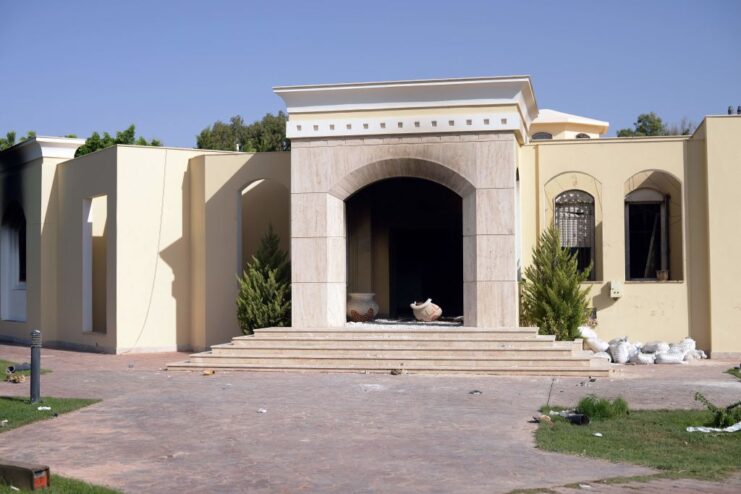
At 9:42 PM on September 11, 2012, a group of 150 militants launched an attack on the Department of State’s mission facility in Benghazi, Libya. Equipped with firearms, rocket-propelled grenades (RPGs), and automatic weapons, they targeted the compound. Inside, personnel, including the US Ambassador to Libya, J. Christopher Stevens, took cover.
A Diplomatic Security Service (DSS) agent quickly escorted Stevens and US Foreign Service Information Management Officer Sean Smith to a secure room within the building. When the militants failed to breach the room, they doused the entrance in diesel and set it ablaze.
While the DSS agent managed to escape, both Smith and Stevens tragically lost their lives.
A dangerous mission
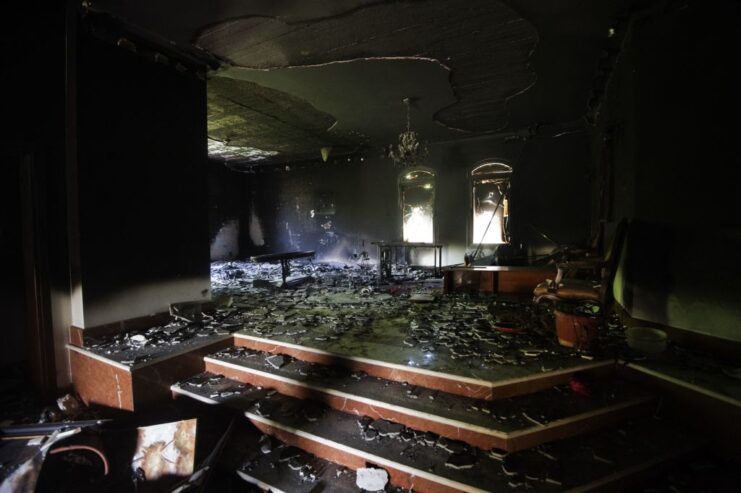
Glen Doherty gave his life to defend the CIA base
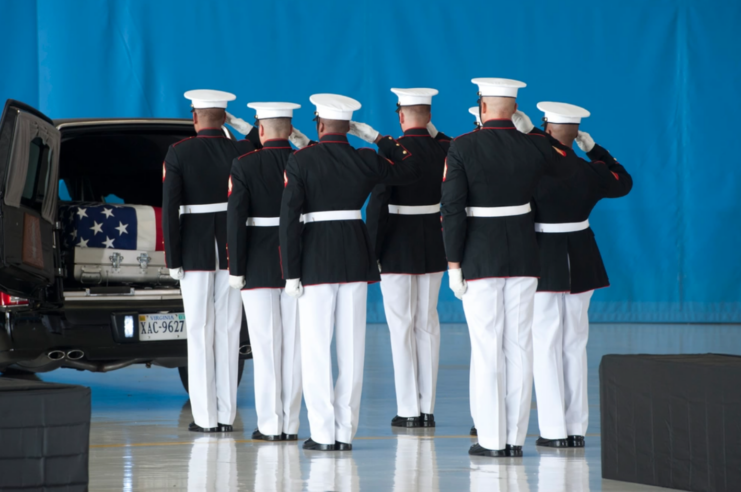
The battle between the militants and the Global Response Team stretched into the following day, with mortar rounds bombarding the CIA annex. Upon hearing that fellow former Navy SEAL and CIA officer Tyrone Woods was holding a defensive position on the roof, Glen Doherty rushed to assist him.
Tragically, both men were killed when a mortar round exploded near their position. They were among the four Americans who perished in the attack, alongside Ambassador J. Christopher Stevens and Information Management Officer Sean Smith.
Once the fighting ceased, the bodies of the fallen were moved to Benina International Airport and flown to Tripoli. From there, they were transferred to Ramstein Air Base in Germany before finally being brought back to the United States. A memorial service was later held at Joint Base Andrews in Maryland to honor their sacrifice.
US response to the 2012 Benghazi attack
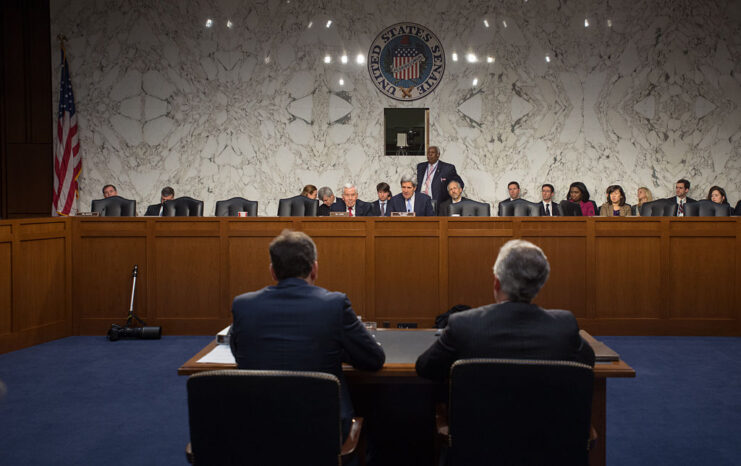
Security was immediately increased at American diplomatic centers following the Benghazi attack, with then-US President Barack Obama condemning what had occurred. Several government investigations were also launched, which found the attack had been planned and that bureaucratic failures had led the US to be ill-prepared for such an assault.
Just under a year later, criminal charges were filed against those involved. Upon entering office, current President Joe Biden also signed into law H.R. 310, which posthumously awarded the Congressional Gold Medal to those who lost their lives in the attack, including Glen Doherty.
Glen Doherty’s legacy

Glen Doherty was 42 years old when he lost his life in Benghazi. He was interred at Arlington National Cemetery. His heroics and those of everyone else on the Global Response Team were memorialized in the 2016 film, 13 Hours. The Secret Soldiers of Benghazi.
To keep Doherty’s memory alive, his family established the Glen Doherty Memorial Foundation (GDMF), which provides scholarships to members of the special operations community to help them transition back into civilian life.
Doherty’s friend, Sean Lake, also founded BUBS Naturals in the late Navy SEAL’s memory. The company helps fund veterans’ transition back into civilian life, with 10 percent of all profits donated to veterans charities.
More from us: The Actor Who Played Young Forrest Gump Went On to Serve In Iraq With the US Army
That total is upped to 100 percent of profits every Veterans Day.
